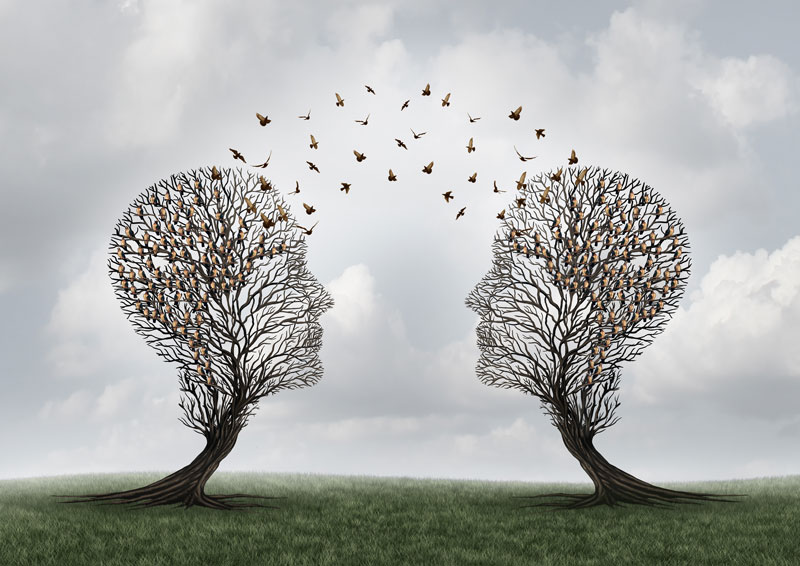In 1982, Dale Bozzio, of the band Missing Persons asked us incessantly if we were listening to her. She wanted to know if we could hear her and whether we cared about what she was saying. Ultimately, she was asking us whether we were engaged in what she was saying and if her words resonated with us.
Her lyrics especially ring true in today’s world.
Presence
Our days are filled with digital distractions. Between our phones and our computers, we’re continually preoccupied with notifications, text messages, and emails.
Articles, TED Talks, and books talk about the importance of presence and listening, and teach us how to practice effective and active listening, yet, we struggle to be present in face-to-face conversations.
Far too often, our screens take over and divide our attention making it seem as if we’re listening to the person in front of us when really, we’re much more interested in the shiny object that’s on our screen or the people walking outside of the fishbowl conference room.
This behavior is frustrating and discouraging for the person on the other side of the conversation trying to be heard on a fundamental level. The disconnect leaves an emptiness in the dialog and a failure to accomplish the intention of having a discussion surrounding an important topic or event.
Listen & Engage
People generally talk about the art of conversation and how it’s lost in today’s world. However, I think it goes deeper than that.
“Every good conversation starts with good listening.” Anonymous
While we’re competing with the digital conversations that happen persistently throughout the day, we’re disengaged from the art of active listening – the art of the connection with another human – the art that makes us self-aware of our responses during a discussion with someone in the same room, and our level of engagement within that conversation.
The art of active listening demonstrates presence on a large scale. It shows our emotion, it allows us to provide feedback, and defer our judgment until we fully understand what the speaker is saying.
When we give our undivided presence, we allow the other person to speak uninterrupted while we listen, which shows that we genuinely care about what they are saying.
When we engage in the conversation, we ask questions to further learn about the other person’s perspective for having the conversation and we summarize their statements throughout the conversation.
When we actively listen, we’re better communicators who participate in the conversation wholeheartedly.
Become an Active Listener
Developing the techniques of an active listener takes purpose and concentration. Self-awareness of the need to develop as a better communicator leads to the development of these techniques.
1. Give Your Undivided Attention
Put your phone down, close your laptop, and make eye contact with the speaker. Show that you are truly engaged and paying attention.
Try having the conversation in a neutral location that is free of the division of a desk or table.
2. Ask Questions
Ask questions to learn about the other person and their drive to have a conversation with you. Demonstrate your genuine interest in them and learn about their perspective. Ask clarifying questions to gain a deeper understanding of the conversation
3. Provide Feedback
Understand what is being said and reflect on the conversation as a whole. Make a point to summarize the speaker’s points and provide honest and appropriate feedback respectfully.
Make your superpower that of an active listener. Instill trust in those you lead and gain the respect of those with whom you interact. Be the person who gives their attention generously, and is present in the moment and the conversation – be a true listener.
